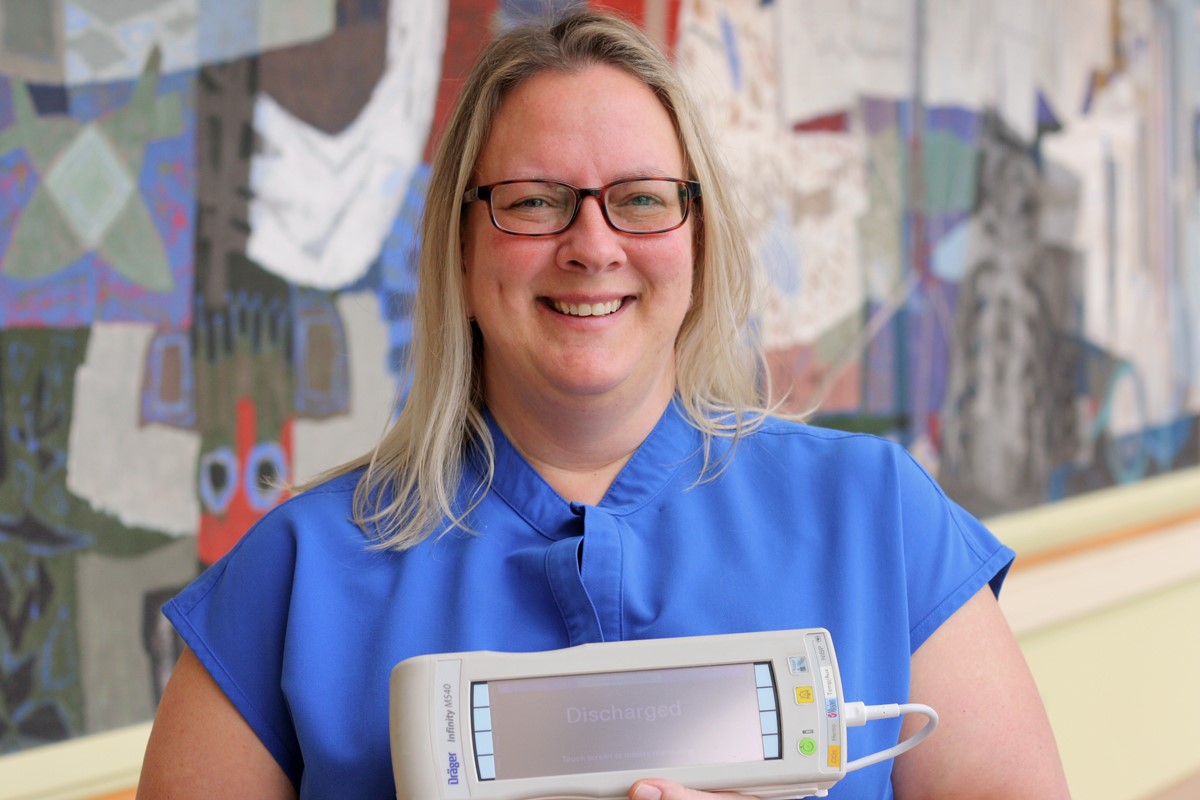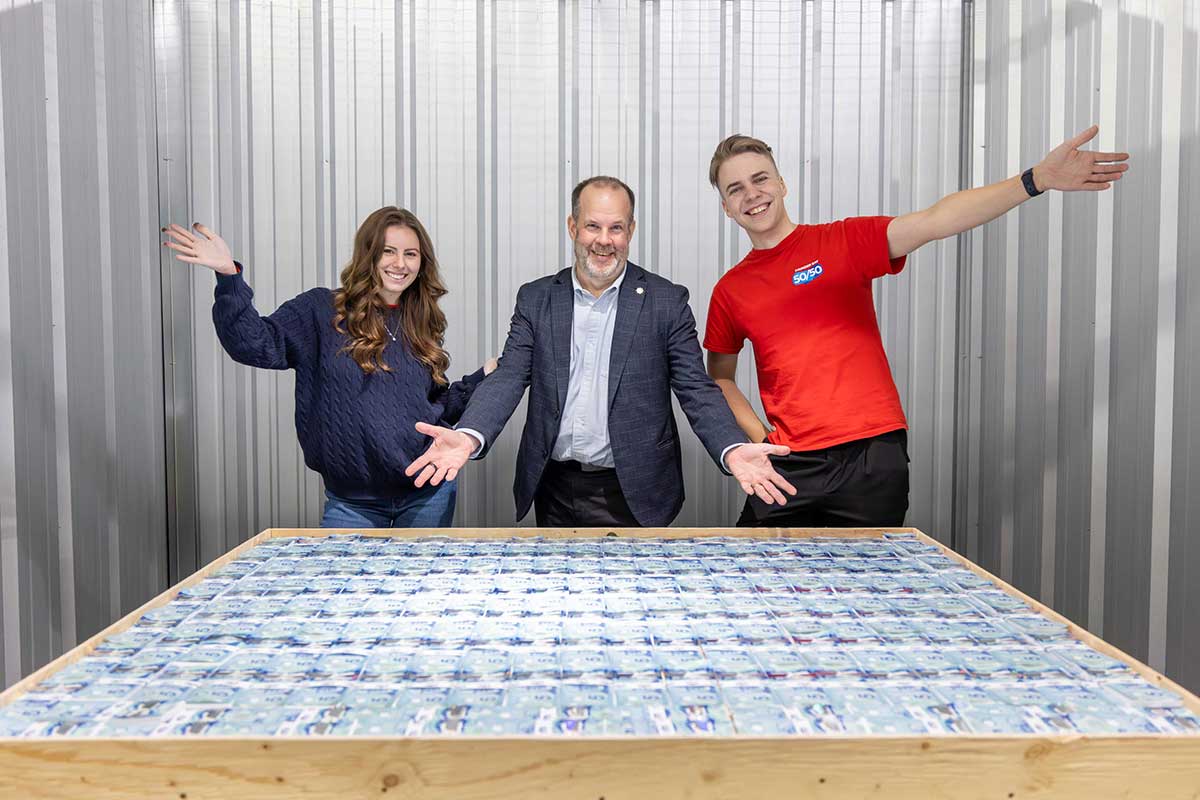Your Impact: New Heart Monitors Provide Better, Safer Care
Published Monday, November 4, 2024

When Jennifer Johnson's mother was a nurse in Marathon in the 1970s, she monitored patient vital signs the old-fashioned way – by doing rounds. Today's technology allows patients to be monitored every moment, 24/7. If their heart rhythms, blood pressure, or oxygen levels ever veer outside normal range, nurses at the team station will know immediately.
However, one of the costs of technology is, well, cost – and medical technology comes with some of the highest. Not only that, technology gets obsolete. Just like Microsoft Windows, there comes a time when the company no longer supports older technology. That means no more parts if something breaks down and no more software upgrades.
This is just one example of how your purchase of Thunder Bay 50/50 tickets helps us keep up with technology for better patient care. Our Hospital replaced cardiac monitoring equipment in several departments including the Critical Care Unit (ICU). Those systems were over 10 years old and at end of life.
But these are not just replacements – they also come with upgrades.
“I like this newer technology,” said Johnson, Registered Nurse in the Critical Care Unit (ICU). “I like that it's touchscreen, and that we can download patient vital signs right to our computer.”
Downloading has several benefits. For one, all information can be sent to the team station so that several patients can be monitored on one screen. It's also easier for nurses and doctors to review telemetry data including viewing any heart events within the last 24 hours.
“This system stores everything,” Johnson said. That makes it a better decision support tool for doctors because they can see more patient data faster. “The physicians can come up and review. If there's a question about taking a patient off a monitor, they can go back through the history to see the rhythms and rates and so on.”
Another advancement is in detecting what Johnson called “artefact.” The monitoring devices are so sensitive that they can pick up vibrations when the patient moves, sort of like background noise on an audio recording. Although the nurses are trained to see the difference on the heart monitor, the new system makes it even easier to recognize this background noise.
The new system is also easier to use with fewer steps for staff to start patient monitoring.
Your Thunder Bay 50/50 ticket purchases help improve patient care and safety at our Hospital every day. No matter who wins the Grand Prize each month, we all win thanks to the great healthcare improvements you provide! To buy your tickets for this month's draw and to see the current Grand Prize, please visit: healthsciencesfoundation.ca/5050
Jennifer Johnson, a Registered Nurse in the Critical Care Unit (ICU) at the Thunder Bay Regional Health Sciences Centre, shows a portable patient monitor, part of the upgraded cardiac system at our Hospital. Your purchase of Thunder Bay 50/50 tickets help improve healthcare programs like this every day!
